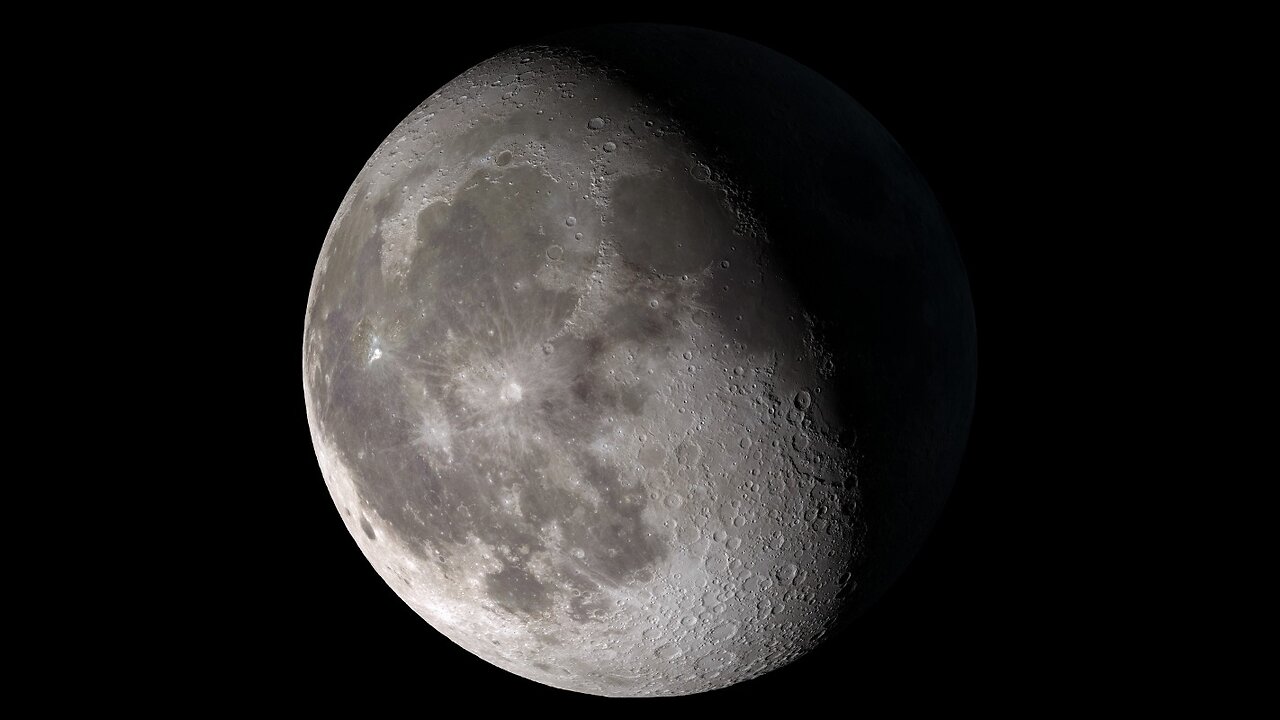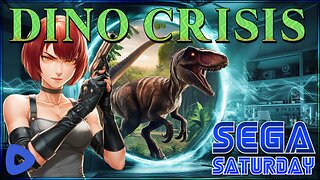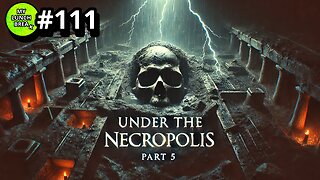Premium Only Content

Moon 101 | Natural Geograpic
"Moon 101: Unveiling Earth's Celestial Companion"
The moon, Earth's constant companion in the night sky, has fascinated humanity for millennia. This celestial body, with its gentle glow, has inspired countless myths, legends, and scientific exploration. Moon 101 is your gateway to understanding this enigmatic world.
**What Is the Moon?**
The moon is Earth's only natural satellite, orbiting our planet at an average distance of about 238,855 miles (384,400 kilometers). It is approximately 1/6th the size of Earth and lacks the atmosphere and liquid water that define our planet. These differences give the moon a stark and desolate landscape, marked by craters, mountains, and plains.
**The Phases of the Moon**
One of the moon's most captivating features is its ever-changing appearance. As it orbits Earth, we observe different phases, from the New Moon (when it's barely visible) to the Full Moon (when it's fully illuminated). These phases result from the changing angles between the sun, Earth, and the moon.
**Lunar Exploration**
The moon has been a target for exploration for decades. The Apollo missions from 1969 to 1972 brought humans to its surface, with Neil Armstrong's iconic words, "That's one small step for [a] man, one giant leap for mankind," echoing through history. In recent years, robotic missions and plans for human return missions have reignited interest in lunar exploration.
**Scientific Significance**
The moon holds vital clues to our solar system's history. It preserves impact craters that provide insights into the early solar system's violence. Its lack of erosion means that ancient features remain largely intact, allowing scientists to study the past. Moreover, lunar missions serve as testbeds for future space exploration, including Mars missions.
**The Moon in Culture**
Throughout history, the moon has played a central role in human culture, from being a symbol of divinity to a source of artistic inspiration. Its influence can be seen in mythology, literature, and art across different cultures and eras.
**The Future of Lunar Exploration**
As we look to the future, the moon remains a focal point for scientific research and potential human habitation. NASA's Artemis program aims to return humans to the moon and establish a sustainable presence, while international collaborations and private ventures also aspire to reach this celestial neighbor.
In Moon 101, we embark on a journey to uncover the mysteries and wonders of this captivating world, exploring its science, history, and cultural significance. Join us as we delve into the intriguing realm of Earth's celestial companion, the moon.
-
 LIVE
LIVE
tacetmort3m
20 hours ago🔴 LIVE - SOLO RANK GRINDING CONTINUES - MARVEL RIVALS
1,807 watching -
![Shadows Of Chroma Tower, Alpha Playtest [Part 1]](https://1a-1791.com/video/fwe2/1d/s8/1/5/Q/U/n/5QUnx.0kob-small-Shadows-Of-Chroma-Tower-Alp.jpg) LIVE
LIVE
iViperKing
9 hours agoShadows Of Chroma Tower, Alpha Playtest [Part 1]
1,484 watching -
 54:05
54:05
TheGetCanceledPodcast
7 hours ago $8.60 earnedThe GCP Ep.11 | Smack White Talks Smack DVD Vs WorldStar, Battle Rap, Universal Hood Pass & More...
75.7K18 -
 13:37
13:37
Exploring With Nug
11 hours ago $5.17 earnedSUV Found Underwater Searching For Missing Man Jerry Wilkins!
50.9K1 -
 2:58:21
2:58:21
xBuRnTx
6 hours ago1st Warzone Stream Online
33.7K2 -
 6:10:21
6:10:21
JdaDelete
1 day ago $3.27 earnedDino Crisis - Sega Saturday
52.2K4 -
 23:22
23:22
MYLUNCHBREAK CHANNEL PAGE
1 day agoUnder The Necropolis - Pt 5
58.4K27 -
 2:26:11
2:26:11
Jewels Jones Live ®
2 days agoWINNING BIGLY | A Political Rendezvous - Ep. 108
125K43 -
 2:04:49
2:04:49
Bare Knuckle Fighting Championship
4 days agoBKFC FIGHT NIGHT MOHEGAN SUN FREE FIGHTS
57.8K7 -
 25:09
25:09
BlackDiamondGunsandGear
9 hours agoYou NEED to be Training For Whats to Come
40.3K11